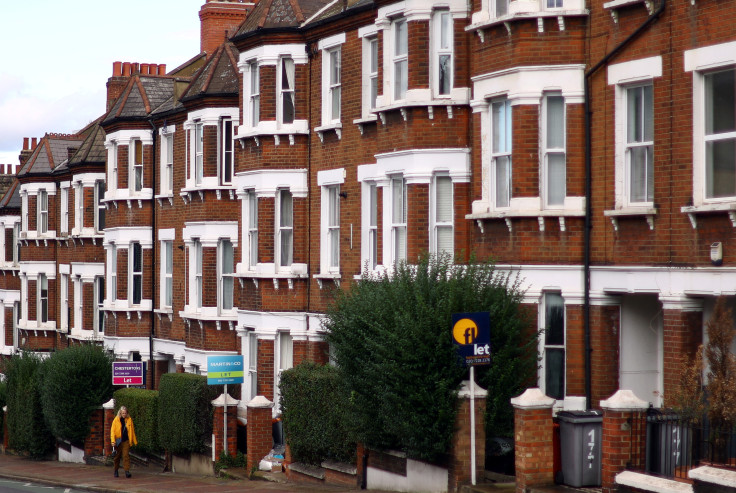Investing in England's worst quality housing could generate over £135 billion
Restructuring England's poor housing could yield £135 billion in societal benefits, according to the Building Research Establishment.

According to a recent analysis conducted by the Building Research Establishment (BRE), restructuring England's worst quality housing could generate over £135 billion in societal benefits over the next three decades.
The BRE's study reveals that by investing £9 billion to improve approximately 2.4 million homes identified as having severe health and safety hazards, the costs would be recouped within nine years based solely on the savings incurred by the National Health Service (NHS).
A significant portion of the United Kingdom's housing stock is afflicted by issues such as dampness and mould, which pose considerable health risks to residents of affected properties. The BRE's comprehensive 30-year cost-benefit analysis indicates that investing in these homes would also yield advantages in terms of asset values, economic opportunities, carbon emissions, and reduced energy bills.
Currently, the National Health Service spends an estimated £1 billion each year treating individuals affected by substandard housing conditions. Gillian Charlesworth, the CEO of the BRE, emphasises that this analysis serves as a clear message to policymakers, underscoring the need to invest in the health and safety of England's poor housing. She further asserts that enhancing substandard housing not only has far-reaching implications for the quality of life of the residents but also delivers substantial economic and societal benefits.
Until now, no serious attempt has been made to comprehensively evaluate and quantify the long-term costs and benefits of addressing the most severe health and safety hazards in England's substandard housing. The research conducted by the BRE highlights the powerful economic argument for England and the UK to undertake targeted and timely programmes of work to achieve the necessary improvements and ultimately reap the financial payback.
While acknowledging the impracticality of undertaking all the required work immediately, the BRE has developed a cost-benefit model that can aid in decision-making processes regarding the prioritisation of actions in different scenarios. For instance, improving the 65,000 homes categorised as having a significant damp and mould hazard would require an investment of £250 million, but would result in societal benefits amounting to £4.8 billion over the next 30 years if the work were undertaken promptly.
In addition to these findings, research data indicates that the average rent for a one-bedroom flat in every London borough costs at least 35 per cent of the city's median salary. This situation places a considerable burden on Londoners, as the exorbitant rents and the city's reliance on the rental market make it difficult for individuals with decent incomes to make ends meet. In fact, a January 2023 poll revealed that 80 per cent of London's tenants reported struggling to pay their rent.
The challenges faced by London residents extend beyond high costs, as the quality of housing in the city often leaves much to be desired. Approximately 16 per cent of Londoners reside in poor-quality housing, which is higher than any other region in the UK. Among those in the private rental sector, 15 per cent live in overcrowded conditions.
The research and analysis conducted by the BRE further shed light on the urgent need for action to address England's poor housing conditions. By investing in the remediation of health and safety hazards, significant societal benefits can be realised in the form of improved well-being, economic prosperity, and reduced strain on public services.
It is evident that tackling unsafe homes is not only a moral imperative but also an economically viable solution that can positively impact the lives of families and society as a whole. Through targeted and timely programmes of work, England and the UK can pave the way for a better future and maximise the financial returns associated with these improvements.
© Copyright IBTimes 2025. All rights reserved.






















